mobile View, to the German Version tap the flag


- Territory of Cocos Islands
- also named Keeling Islands
- possession of Australia
• Flags
• Historical Flags
• Meaning/Origin of the Flag
• Coat of Arms
• Meaning/Origin of the Coat of Arms
• Map
• Numbers and Facts
• History
• Origin of the Country's Name
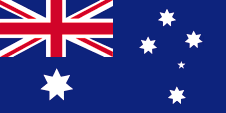
since 1955,
Flag of Australia,
ratio = 1:2,
Source, by: Corel Draw 4





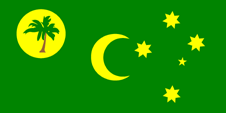
since 2003,
National flag (unofficial),
ratio = 1:2,
Source, by: Wikipedia (DE)




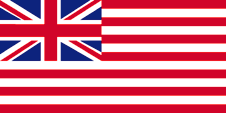
1857–1878,
Flag of British East India Company,
Source, by:
commons.wikimedia.org




1878–1955,
Union Flag → quasi National flag,
Flag of United Kingdom,
ratio = 1:2,
Source: Wikipedia (EN)





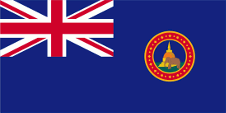
1878–1886, British Ceylon,
Flag of the government (state flag),
ratio = 1:2,
Source, by: Flags of the World



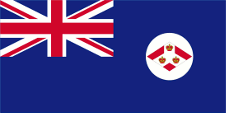
1886–1904, Straits Settlements,
Flag of the government (state flag),
ratio = 1:2,
Source, by: World Statesmen



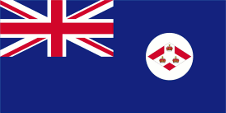
1904–1925, Straits Settlements,
Flag of the government (state flag),
ratio = 1:2,
Source, by: World Statesmen




1925–1942, Straits Settlements,
Flag of the government (state flag),
ratio = 1:2,
Source, by: World Statesmen




1942–1946, British Ceylon,
Flag of the government (state flag),
ratio = 1:2,
Source, by: Flags of the World



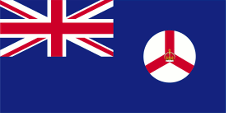
1946–1951, British Singapore,
Flag of the government (state flag),
ratio = 1:2,
Source, by: Flags of the World




The today’s flag of Cocos-Islands was introduced in 2003, but it has only unofficial character. The flag is single-coloured green and shows in the upper staff quadrant near the pole a yellow disk with a palm tree in it. In the middle of the flag a yellow half-moon and in the flying end the Cross of the South formed by yellow stars. The colours yellow and green are the national colours of Australia. Just as refers the Cross of the South to the connexions to that country. The Cocos Islands belonged since 1903 to the British crown colony of the Straits Settlements. In the year 1867 the Straits Settlements became a British crown colony. For that was introduced a flag how it was usual at that times for British colonies. The United Kingdom introduced a flag system in 1864 in which:
• war ships fly the "White Ensign" (naval flag), a white flag often with an uninterrupted red St. George's-Cross and with the Union Jack in the upper staff quadrant of the flag,
• merchant ships fly a "Red Ensign" (also named "Civil Ensign" → civil flag, the real merchant flag), a red flag with the Union Jack in the upper staff quadrant of the flag, and
• governmental ships fly the "Blue Ensign" (flag for the use by the gouvernment → the actual state flag), a blue flag with the Union Jack in the upper staff quadrant of the flag.
Since 1865 ships of colonial governments were permitted to fly the Blue Ensign with a badge in the flying end of the flag. The badge of the Straits Settlements was a red rhombus with a white shaft on which were layed down three crowns. That stood for the three places of Penang, Malacca and Singapore. In 1942 the islands came under the administration of British Ceylon and from 1946 under that of British Singapore. The British Singapore administration ended in 1951. On land, the individual citizen and also the authorities represented their status as citizens or organs of the British nation, embodied in the United Kingdom, through the use of the Union Jack, then called the "Union Flag". At sea, the British citizen was thus provided with the British merchant flag, the Red Ensign. In a few cases, the citizens of a colony were allowed by the Admiralty to use their own Red Ensign with the colony's badge at sea. The administration of Christmas Island was handed over to Australia on 23rd of November in 1955 and on the island is officially in use only the Australian flag.
Source: Die Welt der Flaggen,
Flags of the World,
Volker Preuss

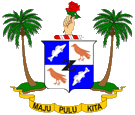
Coat of arms of the Cocos Islands,
Source, by: Wikipedia (ES)

The coat of arms schows a shield between two palm trees. The shield was quartered, field one and four show a silvery fish on a blue background, field two and three show a bird on a silvery background. In the middle appears a black "Z". Above the shield a red and white bead and out of it a hand with a red carnation in it. Below the shield appears a golden banner with the slogan "Pulu Kita Maju". As long as the island had been owned by the Clunies-Ross family, there was placed the Latin motto "Pro Patria". The arms are probably the family crest of the Clunies-Ross familyThe arms could be in fact the crest of the Clunies-Ross family. This is supported by the black "Z" in the middle of the crest. Although it is called "sable" and "saber", but it should be in reality a modified form of a wolf angel, a sign which comes from the European heraldry.
Source: Wikipedia (ES),
Volker Preuss

Location:
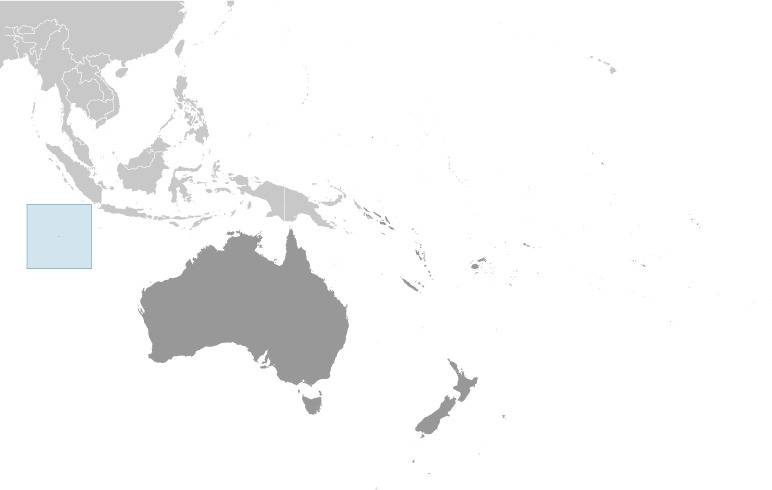
Source: CIA World Factbook
Map of the country:
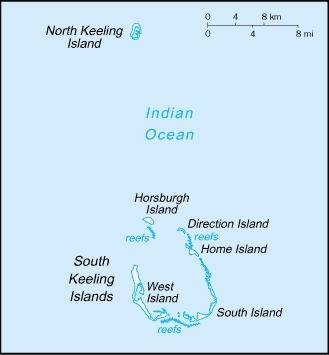
Source: CIA World Factbook
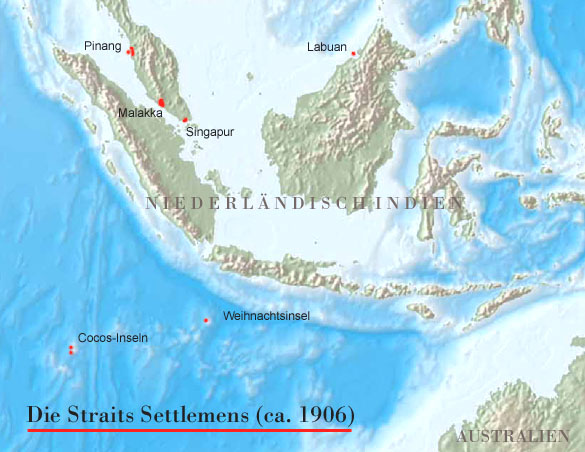
Source: Freeware, University of Texas Libraries, modyfied by: Volker Preuss

Area: 5,4 square miles
Inhabitants: 244 (2016)
Density of Population: ca. 110 inh./sq.mi.
Capital: West Island, 134 inh. (2011)
official Language: Englisch
Currency: 1 Australian Dollar (A$) = 100 Cents
Time Zone: GMT + 6,5 h
Source: Wikipedia (DE)

1609 · the English seafarer William Keeling discovers the Cocos Islands
1826 · settlement of the islands by British
1831 · the Scotsman John Clunies-Ross appropriates the islands
1857 · the Cocos Islands become formally appropriated by the British East India Company
1878 · the administration of the Cocos Islands becomes handed over to the British Governor of Ceylon (Sri Lanka)
1886 · the Cocos Islands become annexed to the Straits Settlements
1901 · construction of a cable station on Direction Island
1910 · construction of a broadcast station on Direction Island
9th of November 1914 · First World War (1914–1918), German troops debark on Direction Island, but leave the Cocos Islands a little bit later
1942 · the administration of the Cocos Islands becomes handed over again to the British Governor of Ceylon (Sri Lanka)
1942–1944 · Japanese air strikes in the Second World War (1939–1945)
1st of April 1946 · the end of the Straits Settlements: Penang and Malacca become affiliated to the Malay Union (Malaya), but Singapore becomes an own British crown colony, the Cocos Islands and Christmas Island become annexed to Singapore, Labuan comes to British North Borneo
1951 · the islands become separated from Singapore, but remainin as a British possession
23rd of November 1955 · the administration of the Cocos Islands is transfered from the United Kingdom to Australia
1978 · Australia purchases the islands almost entirely from the Clunies-Ross family
25th of July 1979 · Australia grants autonomy
1984 · plebiscite, majority for a remaining at Australia
Source: Wikipedia (DE),
World Statesmen

The name "Cocos Islands" refers probably to the cocos palm trees on the islands. They had been from 1826 to 1987 the main source of income of the inhabitants of the islands (production of palm oil and copra). The islands are also named "Keeling Islands" to honour their discoverer, the English seafarer Captain William Keeling.
Source: Wikipedia (DE),
Volker Preuss


![]()





































